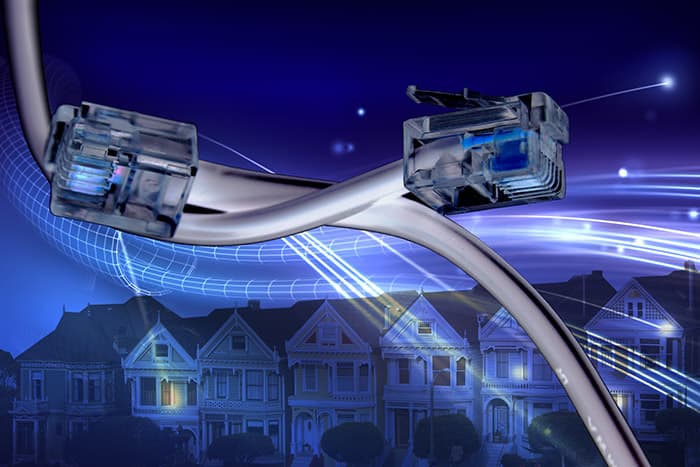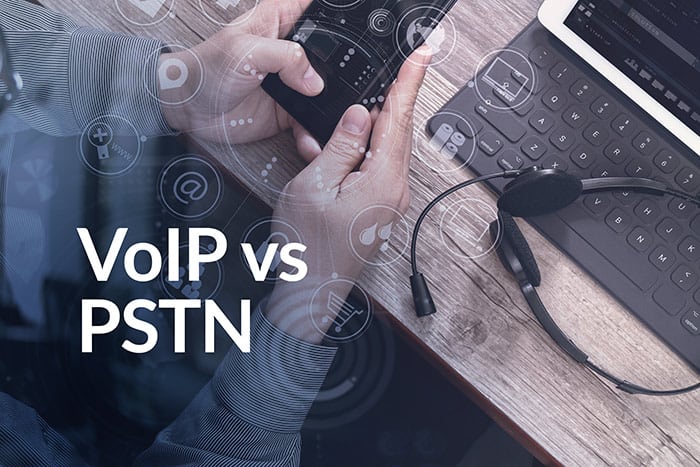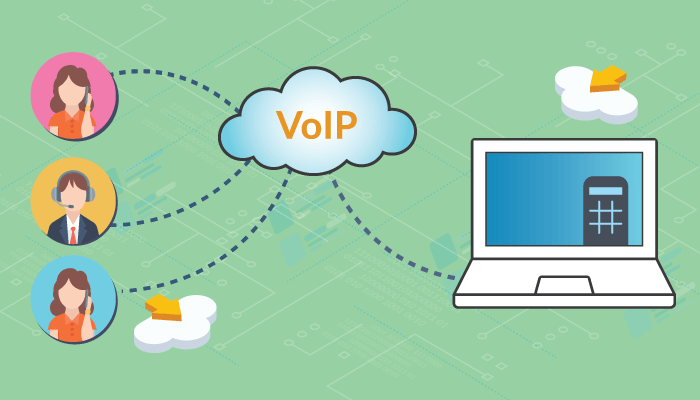Here we will look at the public switched telephone network in detail. We will highlight important terminology, technology involved, costs, and alternatives to consider.
What is the Public Switched Telephone Network?
Public Switched Telephone Network or PSTN is a telephone service that connects various residents and businesses through underground copper wires. This type of phone service is also called plain old telephone service (POTS), a landline, and fixed-line telephones. Furthermore, this phone service has been widely used across the world for generations. However, advancements in telecommunication have resulted in a decline in demand for PSTN lines.
PSTN Terms Explained
To understand how PSTN works, you first need to familiarize yourself with important PSTN terminology. Here are terms to know:
1. Circuit switching
For voice to move from one point to the next, it needs to be converted into voice signals. These signals are transmitted through copper wires. However, to transmit to the destination successfully, they need a dedicated switch. Circuit switching is the act of operators plugging wires into a common panel so as to establish a connection between the two parties. They do so by plugging the caller and receiver’s wires into the same wire (also called a trunk).
In simpler words, when calls are made, the switches create a circuit between two phones and maintain the connection for the duration of the call.
2. Central office
A central office (CO), local exchange, or switching exchange consists of one or more exchanges. In fact, it may have as many as 10,000 lines. A central office hooks its subscribers to a PSTN line. All phones within an area connect to a local exchange located in the area.
When a local call is made, the call is sent to the local exchange and is then routed to the supplier. Since this is a local call, the call does not leave the local exchange.
Example: Calling a business located in the next building or block from your building.
3. Tandem office
A tandem office or junction network covers a larger geographical area and hosts multiple local exchanges. When you make a local call to someone in a nearby suburb or region of the same city, the call goes to your local exchange then to the tandem office which will then route it to the local exchange of the receiver’s location.
Example: Calling a business located in the next suburb but within the same city.
4. Toll office
A toll office is responsible for national long-distance switching. All tandem offices connect to a toll office. When you call an office or resident in another city, the call is switched via the toll office. This was common before the Bell System Divestiture.
Example: Calling a business located in another city or state within the same country.
5. International Gateway
The international gateway is responsible for international switching. This makes long-distance and international calling possible.
Example: Calling internationally.

How Does a PSTN Line Work?
A public switched telephone network combines phone networks across the world. These include:
- Telephone lines
- Cellular networks
- Fiber optic cables
- Switching centers
- Cable systems
All these elements together make it possible for phones to communicate with each other. In other words, on dialing a contact, the call flows through a network and reaches the appropriate destination. This is the journey your call takes when using a PSTN line:
1. When you dial a number, your phone converts sound waves into electrical signals which are then transmitted to the terminal over a cable.
2. The terminal sends these signals to the CO.
3. The CO routes the call through a fiber optic cable to the final destination.
4. The call is routed to a CO or tandem office based on the type of call.
5. When the call reaches the appropriate destination, it is changed back to an electrical signal and routed to the terminal which then routes it to the appropriate number.
6. When the call reaches the receiver, the electrical signals are transformed back into sound waves.
Now while this journey seems complicated, it all occurs only within a few minutes.
PSTN Service for Business
When setting up a PSTN system for a business, you will be required to get a line for each employee. A small business with less than 10 employees might find this phone setup suitable. However, once your business size increases, you will need more lines leading to more costs. Generally, PSTN phone services charge about $20-$30 per month. This, however, does not factor in costs for set-up, maintenance, additional lines, handsets, and communication features.
Large corporations with more than 40 employees may find a private branch exchange (PBX) system more suitable. A PBX system converts your business into a central office. It also makes features like call transfer, conferencing, IVR, voicemail, etc., accessible. External calls are routed to your local exchange. And internal calls route through your PBX.
Most businesses prefer a PBX system to manage calls efficiently. However, an in-house system can lead to further expenses such as:
- High set-up and installation fees
- Software and hardware costs between $2000-$4000
- Monthly in-house maintenance (hiring of an IT team, regular updates, etc)
All of this can lead to a heavy monthly bill.
PSTN Alternative: Hosted PBX and VoIP
However, there are alternatives such as hosted PBX and VoIP phone systems. Hosted PBX is a PBX service run by a third party business. You will not be responsible for regular maintenance or need to hire an IT team. Plus installation fees are much lower without the need to install heavy software and hardware on-site.
Additionally, you may also consider a voice over IP or VoIP phone system that routes calls through your internet or DSL connection. VoIP uses the internet instead of cable wire and therefore, you do not require a local exchange to make VoIP to VoIP calls. A call to a PSTN line, on the other hand, will require an exchange.
Additionally, instead of using circuit switching, business VoIP uses packet switching. When a number is dialed from the VoIP line, voice is converted into digital data or a packet which is then sent to the router. This router transmits the packet to the router closest to the recipient. This means that data is sent and received when needed and a dedicated line is not required. VoIP and packet-switching make business communication cost-effective and boosts productivity.
Related: How Does VoIP Connect to the PSTN?
Choosing a Business Phone Service
Deciding on a business phone service can be overwhelming. However, it is crucial to find the ideal system for your business needs. Call us to learn more about how our outbound calling service can improve business communications or whether PSTN is the service you need.


